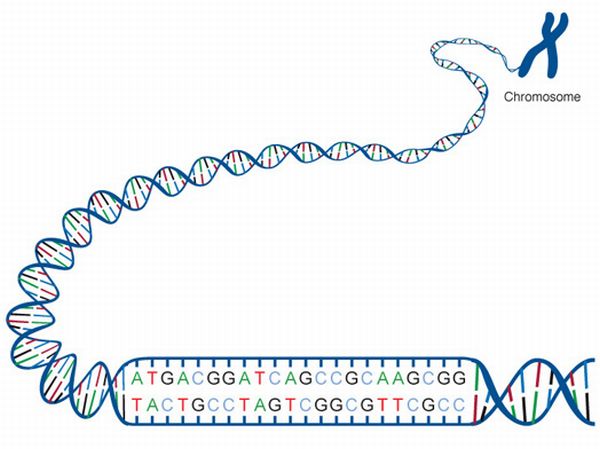Researchers at the Weizmann Institute of Science, Israel have come up with a silicon chip that can mimic a human cell in producing proteins from DNA. The most basic function of cell is to produce proteins after receiving instructions in the form of DNA sequences. Other genes determine production of the quantity of churning out protein by a complex process involving feedback loops.
As per Roy Bar-Ziv one of the lead researchers, the new silicon chip approach too examines the functioning of genes but outside the living cell. The cell-on-a-chip mechanism shows how the genes are turned on and off for that matter.
Network of interacting genes
Silicon was first covered with a light-activated chemical so that it could effortlessly attach DNA to silicon, a technique that was developed couple of years ago by the same Bar-Ziv’s lab. With the help of light pattern, they created marks where DNA joined and accumulated into bunches, similar to that of a toothbrush. Each DNA based toothbrush formed a single compartment, which was then held together by a fine capillary. The 20 micrometers wide duct transmitted liquid extracts from bacterial cells – elements that were required to produce proteins from the DNA brushes.
Mimicking nature’s gene networks
Although there are simpler ways of synthesizing proteins from DNA in test tube but the process sputters with the accumulation of proteins and hence, the synthesis becomes sluggish and finally stops. This has created one of the biggest huddles in fabricating functioning genetic circuits outside the cellular arena. Bar-Ziv claims that his process not only eclipses this problem as it removes the waste products that are produced but it also controls the rate of proteins production by altering the length of the duct that directs to every single DNA compartment.
Researchers envision if Bar-Ziv’s chip is able to keep the ongoing reactions for a longer time span, then the application might prove boon in areas like diagnostics, environmental sensing and drug screening. Nevertheless, Bar-Ziv aims towards capturing higher complex genetic networks artificially. And gradually he’d like to control multiple genes in numerous artificial cells at one time while allowing them to communicate and influence each other which however is not seen in any living organism.
Image: Geneed
Source: MIT Technology Review





